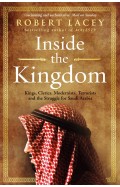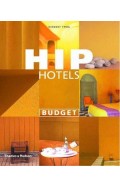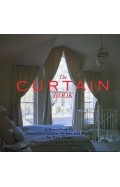21st Century Hotel
By: Graham Vickers
-
Rs 3,627.25
- Rs 6,595.00
- 45%
You save Rs 2,967.75.
Due to constant currency fluctuation, prices are subject to change with or without notice.
In the past several years, hoteliers have responded ever more boldly to their guests’ demands for both luxury and aesthetic sophistication. The result has been the emergence of new trends in hotel design, which at one extreme increasingly blur the border between lodging, lifestyle, and living theatre, and at the other seek to reinvent the more discreet manners and style of the grand hotels of the late nineteenth century. This visually exciting volume by noted design writer Graham Vickers provides a timely overview of these trends, profiling no fewer than thirty–seven of the world’s most noteworthy new hotels, from the lavishly appointed Ritz–Carlton Miami to a Quebec hotel constructed entirely of snow and ice.
Vickers skillfully clarifies the distinctions between the various strands of contemporary hotel design by dividing the book into categorical chapters: “Traditional Interpretations” surveys luxury hotels a la the Four Seasons; “Mainstream Experiments” highlights fresh takes on the conventional business or tourist hotel concept; “Original Ideas” presents hotels with a special theme or purpose; “Designer Hotels” focuses on the unique creations of celebrated interior designers; and “Architectural Significance” covers hotels based in exceptional buildings. The commentaries on individual hotels within these chapters are illustrated by a total of 210 color photographs, as well as the designers’ own plans and elevations. Additional features—a concise introduction to the cultural context of hotel design, a complete list of featured architects and designers, and a full index—make this book an appealing and useful guide for both the hospitality professionals who operate hotels and the travelers who stay in them.
In the past several years, hoteliers have responded ever more boldly to their guests’ demands for both luxury and aesthetic sophistication. The result has been the emergence of new trends in hotel design, which at one extreme increasingly blur the border between lodging, lifestyle, and living theatre, and at the other seek to reinvent the more discreet manners and style of the grand hotels of the late nineteenth century. This visually exciting volume by noted design writer Graham Vickers provides a timely overview of these trends, profiling no fewer than thirty–seven of the world’s most noteworthy new hotels, from the lavishly appointed Ritz–Carlton Miami to a Quebec hotel constructed entirely of snow and ice.
Vickers skillfully clarifies the distinctions between the various strands of contemporary hotel design by dividing the book into categorical chapters: “Traditional Interpretations” surveys luxury hotels a la the Four Seasons; “Mainstream Experiments” highlights fresh takes on the conventional business or tourist hotel concept; “Original Ideas” presents hotels with a special theme or purpose; “Designer Hotels” focuses on the unique creations of celebrated interior designers; and “Architectural Significance” covers hotels based in exceptional buildings. The commentaries on individual hotels within these chapters are illustrated by a total of 210 color photographs, as well as the designers’ own plans and elevations. Additional features—a concise introduction to the cultural context of hotel design, a complete list of featured architects and designers, and a full index—make this book an appealing and useful guide for both the hospitality professionals who operate hotels and the travelers who stay in them.
Zubin Mehta: A Musical Journey (An Authorized Biography)
By: VOID - Bakhtiar K. Dadabhoy
Rs 472.50 Rs 1,050.00 Ex Tax :Rs 472.50
Einstein His Life and Universe - (PB)
By: Walter Isaacson
Rs 2,316.00 Rs 2,895.00 Ex Tax :Rs 2,316.00
Decorating Flowers A Celebration of the Beauty of Blossoms
By: Natascha Meuser
Rs 1,097.25 Rs 1,995.00 Ex Tax :Rs 1,097.25
Einstein His Life and Universe - (PB)
By: Walter Isaacson
Rs 2,316.00 Rs 2,895.00 Ex Tax :Rs 2,316.00
No recently viewed books available at the moment.
Zubin Mehta: A Musical Journey (An Authorized Biography)
By: VOID - Bakhtiar K. Dadabhoy
Rs 472.50 Rs 1,050.00 Ex Tax :Rs 472.50
Einstein His Life and Universe - (PB)
By: Walter Isaacson
Rs 2,316.00 Rs 2,895.00 Ex Tax :Rs 2,316.00











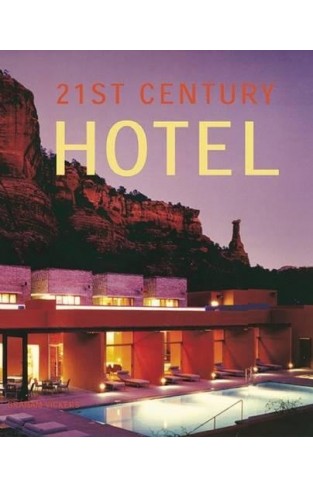
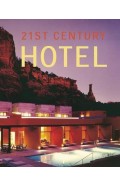
-120x187.jpg?q6)





